Income Estates
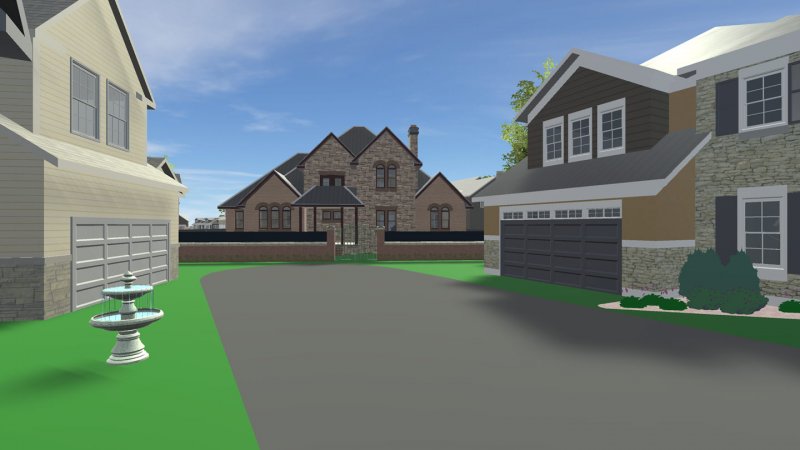
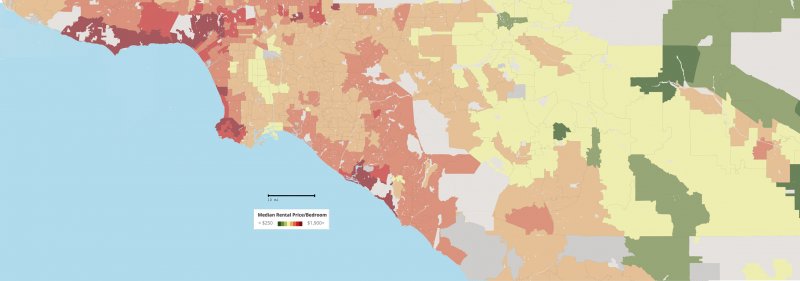
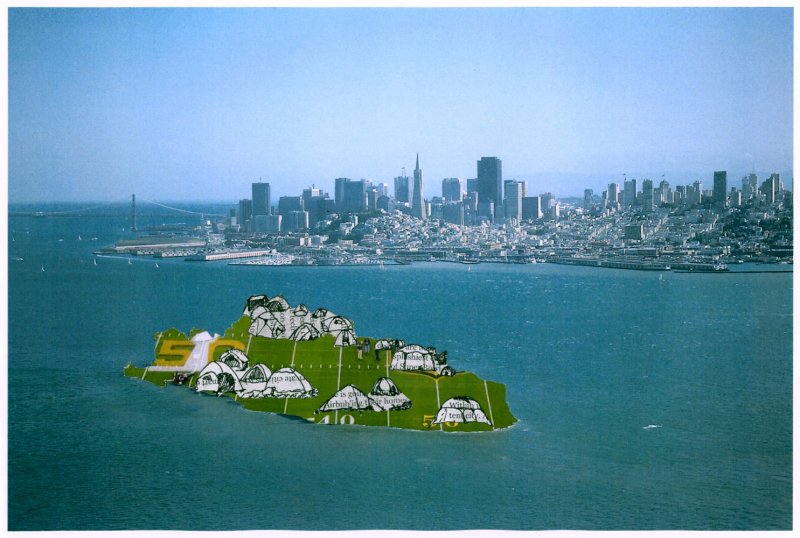
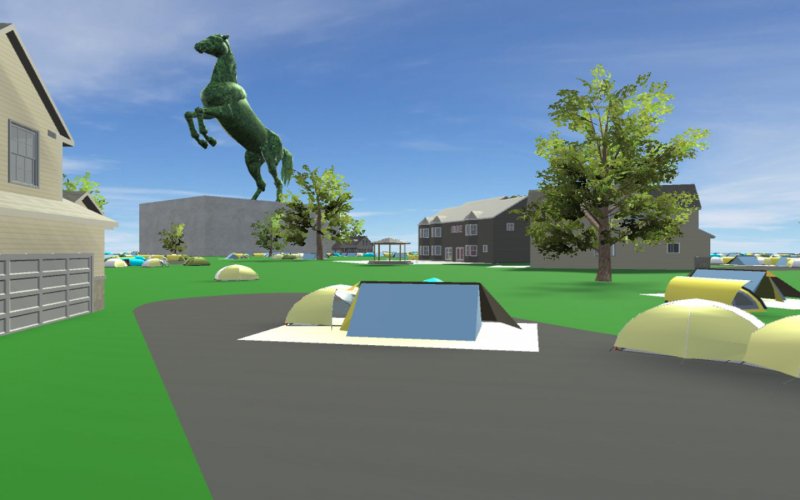
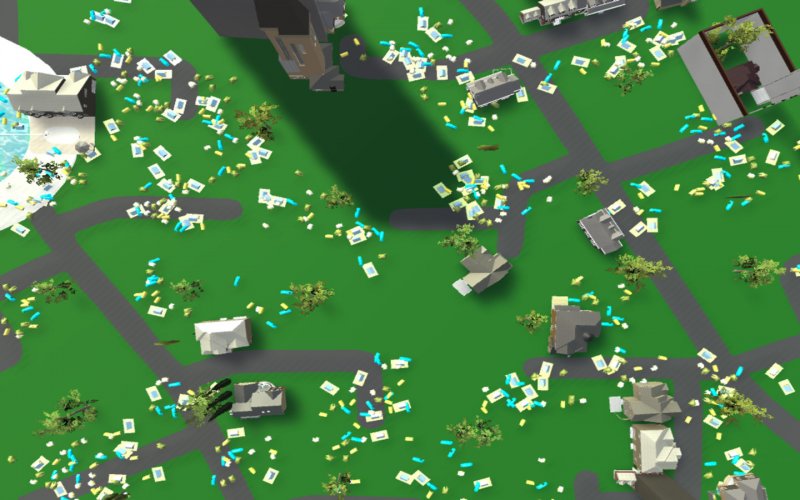
Income Estates investigates income inequality in the United States through an immersive simulation of a suburban neighborhood wherein each individual's wealth is reflected physically in their valuables (topiaries, fountains pools). Through physicalizing these issues, the viewer is fully immersed in the problem, allowing them to better understand the entirety of the effects.
Throughout the simulation, the neighborhood moves from a position of nearly equivalent income across all households to a position that reflects 2014 U.S. income statistics. The simulation allows for a more in-depth exploration of income inequality by physicalizing this disparity.
Household income in the United States has a higher disparity now than it has had in over 40 years.1 Considering the fact that even a small amount of income inequality can cause economic stagnation, a large income gap like the one present in the current US economy can and will have adverse effects for individuals in every tax bracket.2
Looking further at the effects of disparate wages, a ripple effect begins to become apparent in related fields. For instance, the current US economic status has largely been formed by manipulating the market around housing. This complicated the ability for many middle and working class citizens to own a home, causing renting to spike in popularity. This spike raised the cost of rent in metropolitan areas (which incidentally, is where it is often easiest to find work), creating an artificial housing crisis.3
This crisis is starting to physically affect the landscape of US cities, the reality of which became painfully obvious when the city of San Francisco hosted Super Bowl 50 in 2016. San Francisco has been undergoing a second tech boom, drawing thousands of individuals to migrate to Silicon Valley and the Bay Area. This further exacerbates the already tenuous housing market in the city. As a result, the city's homeless population has been growing at an alarming rate. When the city underwent beautification efforts for Super Bowl 50, it included an effort to hide or relocate the ever-growing homeless population, which was met with resistance from a number of parties.4 This conflict is endemic of a growing housing crisis that is fueled by income inequality.
Income Estates investigates this inequality, especially as it relates to housing. It does so by simulating a suburban neighborhood—the pinnacle of the ever-fading american dream—but disrupts this neighborhood by distributing wealth in the same proportions as the current US economy. Speaking to the physicalizing of the housing crisis on the landscape of US cities, this wealth distribution is reflected in the landscape of the simulation.
Each house in the simulation has at least one of five different types of valuables: pools, topiaries, fences, fountains, or multiple floors. As these houses compete for wealth, some grow wealthier, and others poorer. This wealth is indicated by the physical size of each house's valuables, resulting in mile-long pools or 500 foot tall fountains, while other homes lose everything and become homeless.
When the simulation ends, out of 100 homes, ninety families will have become homeless, nine will maintain middle-class suburban houses, and one home will tower over everyone else, casting a shadow across the landscape.
1. DeNavas-Walt, Carmen, Bernadette D. Proctor, and Jessica C. Smith. Income and poverty in the United States: 2013. United States Census Bureau, 2014.
2. Dutt, Amitava Krishna. "Stagnation, income distribution and monopoly power." Cambridge journal of Economics 8.1 (1984): 25-40.
3. Trulia. "Los Angeles Housing Prices." Trulia, n.d. Web.
4. Waldron, Travis. "How Super Bowl 50 Became Ground Zero For The Fight Over Homelessness." Huffington Post. Huffington Post, 06 Feb. 2016. Web. 23 Feb. 2016.